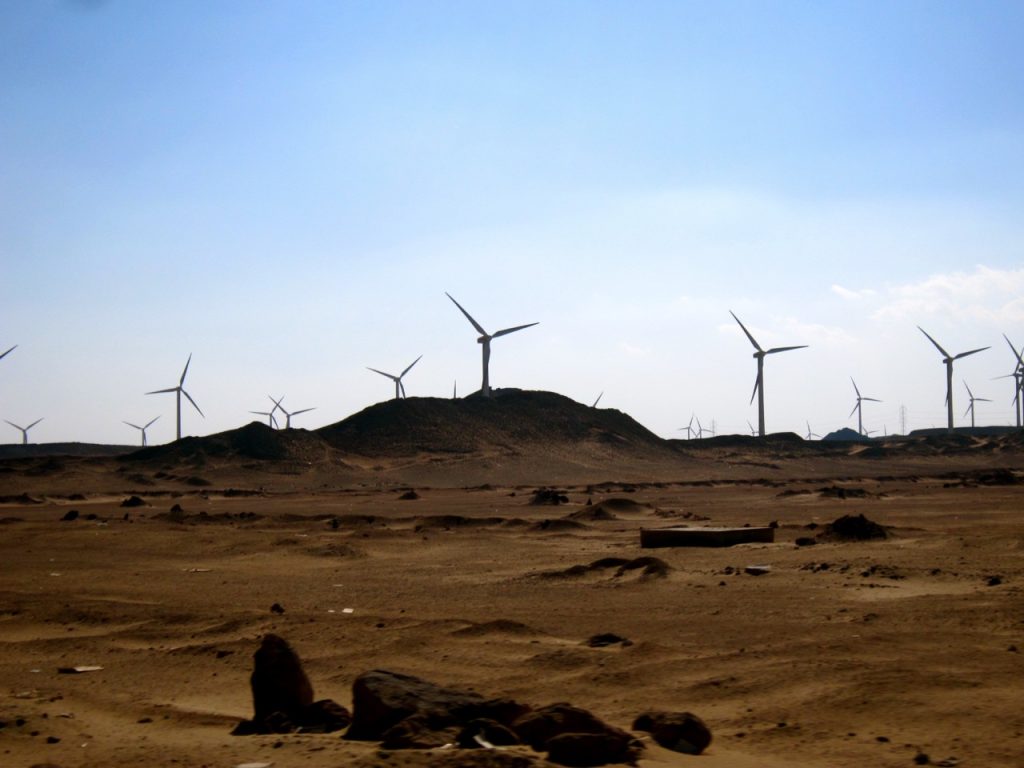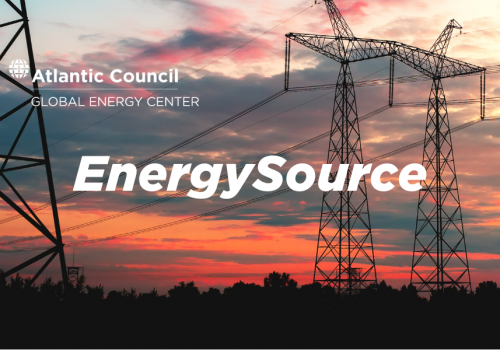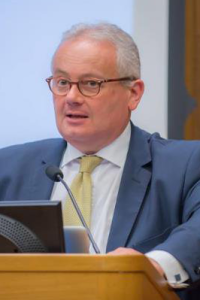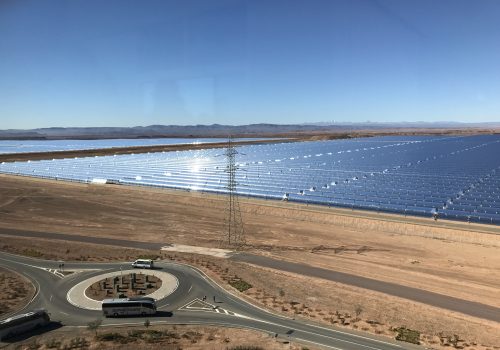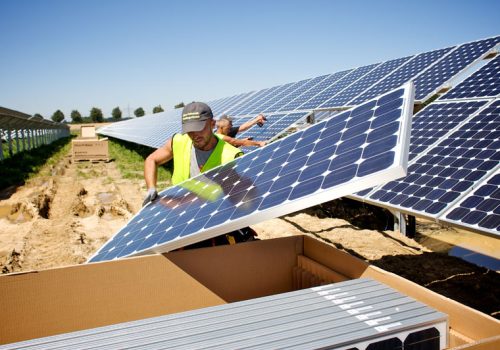A number of announcements made recently concerning plans on green hydrogen development in the MENA region are set to advance the idea of a future pattern of energy interdependence, particularly in hydrogen, with Europe. Most of these plans are still undergoing feasibility studies, but some are closer to operation.
If fully implemented, such projects, might act as a catalyst for more investments in hydrogen production and infrastructure in the region and for the process of demand creation that remains at the core of the future of hydrogen development.
Furthermore, the potential in the MENA goes well beyond the region itself and its relationship with Europe. Some Gulf countries are set to export green hydrogen products to Asia and their sovereign funds and renewables companies are looking at hydrogen investments in several African countries.
The implications of the MENA region’s commitment to renewables development and to hydrogen in particular are thus wide-ranging and should be supported at the policy and operational level by, among others, the EU, the multilateral finance development institutions, and other international partners.
Many projects were announced at COP27. Egypt, the host country, was the main protagonist: 9 memoranda of understanding (MoUs) on feasibility studies on production of green hydrogen and green ammonia were signed. Such products would mostly be exported to European and Asian markets. If turned into investment decisions and implemented fully, the nine projects are supposed to be worth around $83 billion and to produce collectively 7.6 million tons of green ammonia and 2.7 million tons of green hydrogen per year, when fully operational. Also at COP27, the Egyptian authorities and a consortium of local and international investors announced the commissioning of the first phase of what is supposed to become the first integrated green hydrogen plant in Africa.
The most noticeable development at a political level in the field of hydrogen development regarded EU-Egypt cooperation, when the President of the European Commission von der Leyen and Egypt’s President al-Sisi issued a Joint Statement on the EU-Egypt Renewable Hydrogen Partnership and the Vice President of the European Commission and its Energy Commissioner signed a MoU, with the Egyptian Ministers of Oil/Petroleum and Electricity/Renewables, to establish a strategic partnership on renewable hydrogen. The two sides agreed to set up an EU-Egypt Hydrogen Coordination Group and to organize an annual meeting of a Business Forum that would include industrial and energy players.
Furthermore, on November 9, Egypt’s President and Belgium’s Prime Minister launched a new international platform on hydrogen, named the “Global Renewable Hydrogen Forum”.
After COP27, seven more MoUs were signed by the relevant Egyptian agencies with various investors to conduct feasibility studies on new projects with a view to setting up facilities to produce green hydrogen and its derivatives.
Egypt is not the only Arab country to move dynamically on this front. Governments, sovereign funds, and industrial players in Saudi Arabia, the United Arab Emirates, Oman, and Morocco are acting quickly and boldly.
Saudi Arabia, which launched a comprehensive Saudi Green Initiative in 2021, is planning a substantial development of green hydrogen and green ammonia production centered around NEOM, a new city and area to be developed in the northwestern corner of the country. If fully implemented, the project would set up the world’s largest utility green hydrogen facility. The Green Initiative also includes thirteen renewable energy projects, with a combined capacity of 11.3 GW that would help reduce some 20 million tons of carbon emissions per year.
Oman launched recently a new Strategy on Green Hydrogen that foresees $140 billion in investment by 2050, targeting an annual production of 1-1.25 megatons (MT) of green hydrogen by 2030, rising to 3.25-3.75 MT by 2040 and 7.5-8.5 MT by 2050. Oman is also working on a project to establish a green steel plant fed by hydrogen, with an annual production of 5 million tons. Such product would be exported to other Middle Eastern countries as well as to Europe, Japan, and other Asian markets.
The UAE, the host of COP28 in 2023, is also very active through different channels: at COP27 it announced a joint initiative (denominated “PACE”, Partnership to Accelerate Transition to Clean Energy) with the United States, with the aim to “catalyze $100 billion in financing, investment, and other support and to deploy globally 100 gigawatts (GW) of clean energy by 2035 to advance the energy transition and maximize climate benefits.” The UAE is also in the process of developing green hydrogen within its borders and abroad, mainly through Masdar, a key player with plans stretching from Africa to Central Asia.
Qatar has launched a project for establishing the largest blue ammonia facility worldwide and is very active in acquisitions in international renewables companies. Its sovereign fund QIA is also considering support to projects in Egypt, for developing green ammonia and green fuel for navigation.
At a regional level, according to the recently issued IEA report “Renewables 2022”, rapid growth in wind and solar will see renewables capacity across MENA rise faster than expected earlier. Such capacity is indeed set to triple to reach 45 GW in five years, with a significant upward revision from the IEA’s 2021 report (that estimated a capacity of 32 GW to be reached between 2021 and 2026). The IEA expects Saudi Arabia, the UAE, Israel, Oman, Morocco, and Egypt to account for 85 percent of renewable capacity growth in the region between 2022 and 2027.
Underlying most of these efforts is the goal, especially for gas-producing countries, to push ahead with renewables projects with the aim to liberate, in the short-medium term, gas resources for export, in light of the European quest for diversification of gas supplies and of the global energy crunch.
Two trends should thus be monitored over the coming months and years:
- In spite of the harsh debate at COP27 on the role of oil and gas in the transition, including the claims by most fossil fuel-producing (or would-be producing) countries in MENA (and in Africa) on the need to continue to invest in oil and gas, these same countries are already investing to a significant extent in renewables development. This may not be occurring at the pace necessary, without a common strategy and with a number of uncertainties, but nonetheless signifies a rising level of ambition.
- The idea of interconnecting these countries with European and Asian markets for exporting green renewables appears to gradually be taking shape, initially through the export of blue and green ammonia and, at a later stage, green hydrogen through converted or dedicated infrastructure. The initiatives jointly launched by the EU and Egypt at COP27 hopefully will advance this aim.
Giampaolo Cantini is a nonresident senior fellow at the Atlantic Council Global Energy Center.
Meet the author
Related content
Learn more about the Global Energy Center

The Global Energy Center develops and promotes pragmatic and nonpartisan policy solutions designed to advance global energy security, enhance economic opportunity, and accelerate pathways to net-zero emissions.
Image: A wind farm in Zafarana, Egypt. (Gigi Ibrahim, Flickr, CC BY 2.0) https://creativecommons.org/licenses/by/2.0/
